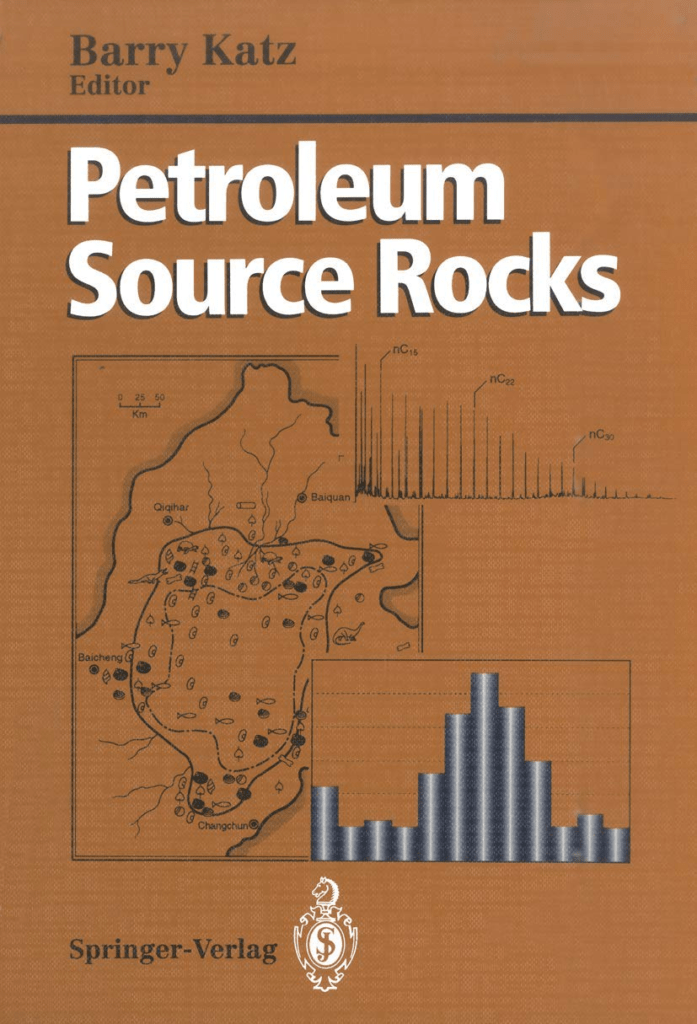Frequently Asked Questions (FAQs)
- Why are source rocks important in petroleum exploration? Source rocks are important in petroleum exploration because they serve as the origin of hydrocarbons. By understanding the characteristics and distribution of source rocks, geologists can identify areas with high hydrocarbon potential and make informed decisions about exploration activities.
- What techniques are used to study source rocks? Techniques used to study source rocks include seismic surveys, geochemical analysis, and well logging. Seismic surveys help identify potential source rock formations, while geochemical analysis assesses organic matter maturity and hydrocarbon-generating potential. Well logging provides detailed information about the rock formations encountered during drilling.
- What challenges are associated with studying source rocks? Studying source rocks comes with challenges such as their inherent heterogeneity, complex geological settings, limited accessibility for sampling, uncertainties in hydrocarbon generation, scale and resolution issues, and technological limitations in analytical techniques. Overcoming these challenges requires a multidisciplinary approach and the integration of various data sources.
Assessment
1. The carbon cycle begins with __, a process that converts water and carbon dioxide in the atmosphere into glucose, water and oxygen.
A .diagenesis
B .photosynthesis
C .hydrosynthesis
2. Which of the following occurs in both plants and animals, and constitutes the primary source material for the formation of liquid hydrocarbons?
A .Carbohydrates
B .Proteins
C .Lignins
D .Lipids
3. Type IV kerogens are extremely rare and, because they are derived primarily from inertinites, their hydrocarbon yields are:
A .very high.
B .very low.
4. What is the end product of the diagenesis of organic matter? What is its distinguishing characteristic? What is its composition?
5. Identify the two types of oil-prone kerogens?
Recommended for You
Classification of Nonmarine Sandstones
The Principles of Geosteering | Geosteering Best Practices
 Petro Shine The Place for Oil and Gas Professionals.
Petro Shine The Place for Oil and Gas Professionals.




